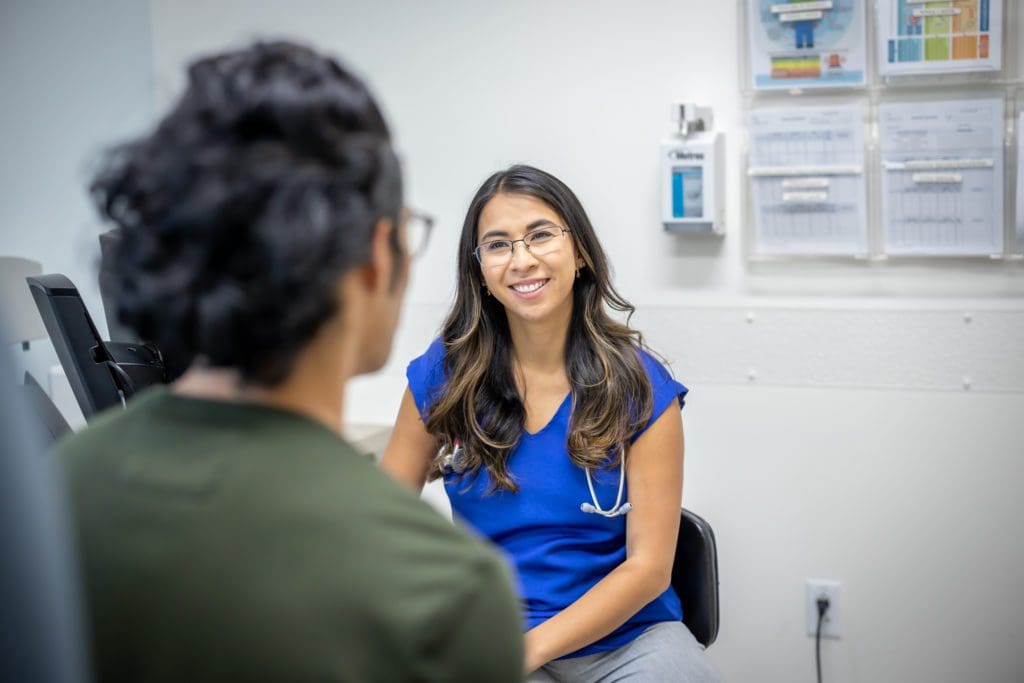
Heyman Oo, MD, MPH, Novato South Assoc. Site Director
What does it mean to become a “trauma informed” organization? How can screening for “ACEs” help promote a safe environment? If you’re not familiar with the terminology, that could be because organizations and community health centers are new to implementing a framework for trauma-informed care and Adverse Childhood Experiences (ACEs). Marin Community Clinics has fully committed to this work, and in doing so is helping lead the charge in California.
“Trauma-informed care acknowledges that most of us, as children, have experienced some adversity,” explains Elizabeth Horevitz, PhD, LCSW, Chief Behavioral Health Officer, “and we know that the amount of adversity or trauma that a child experiences early in life can affect long-term health outcomes.” Examples of ACEs include witnessing or experiencing violence within the home or the community, child sexual abuse, neglect, or growing up in an unstable enivironment that may include multiple traumatic experiences.
ACEs are common (according to the CDC, nearly 61% of adults surveyed have reported experiencing at least one, and 1 in 6 reported experiencing 4 or more) and they have lasting, negative consequences. Research has proven ACEs have a negative effect on health, well-being, and life opportunities such as education and job potential. The good news? The experiences don’t always lead to poor health outcomes, and Clinics staff now have the intervention tools that help prevent lasting negative impacts of ACEs.
That’s what trauma-informed care is all about. It’s changing the dynamic from “what’s wrong with you?” to “what happened to you?” and giving staff the tools to view situations through a trauma-informed lens. The results have been astonishing, and not solely for patients. Becoming a trauma-informed organization is transforming the workplace culture at the Clinics as well – embracing these practices is giving patients and staff a shared sense of safety and resilience.
Learn more about trauma-informed care from our experts:
